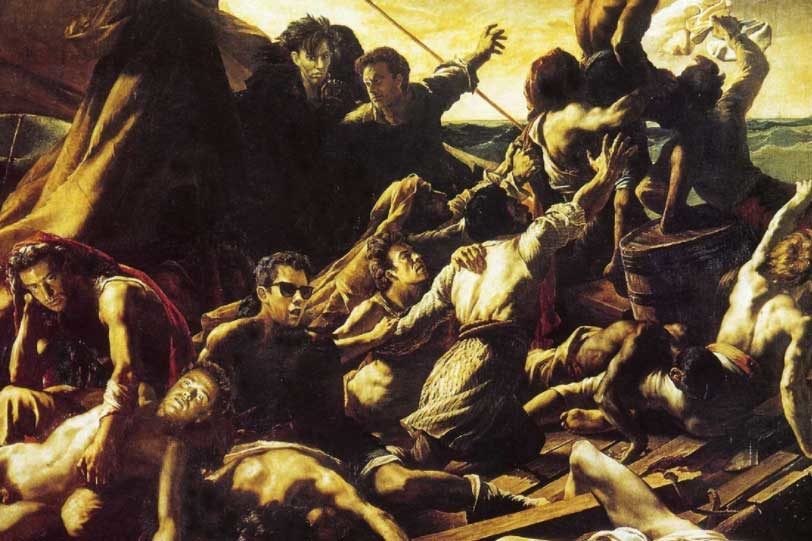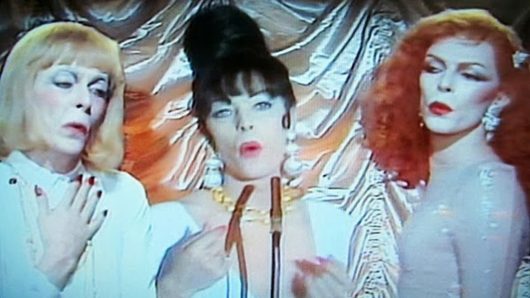The Pogues’ 1984 debut album, Red Roses For Me, was certainly a good start. However, while it was rowdy, rebellious and attention-grabbing, it was also slightly shambolic. Shane MacGowan’s anarchic Anglo-Irish crew had hit upon a sound that was uniquely theirs, but it needed further honing. By the time of their second album, Rum Sodomy & The Lash, The Pogues were ready to prove they could deliver a landmark record with the depth and finesse needed to impact on a much wider scale.
Listen to ‘Rum Sodomy & The Lash’ here.
“It’s never sentimental, it’s rarely polite”
In typical fashion, the band pushed it to the nth degree with the record’s title (which reputedly derived from a Winston Churchill quote about British naval traditions), perhaps serving to intrigue, rather than ward off, newcomers. When Rum Sodomy & The Lash was first released, on 5 August, 1985, it climbed to No.13 on the charts (and later went gold) while receiving critical raves, with the NME astutely declaring, “It’s never sentimental, it’s rarely polite and it’s certainly not ordinary… Rum Sodomy & The Lash is a brilliant example of a band using its resources in an imaginative manner.”
The album came up against stiff competition in a year full of groundbreaking indie/alt-rock releases such as New Order’s Low-Life and The Smiths’ Meat Is Murder. Yet Rum Sodomy & The Lash still holds its own among these exalted titles, and hindsight reveals that the NME’s enthusiastic critique (which also proclaimed the record to be “probably the best LP of 1985”) was wholly justified.
“He got the right performances out of the band”
All signs pointed to The Pogues creating something special for their second album. As 1985 rolled around, the band were permanent fixtures in the UK’s weekly rock press, and the packed house they drew at London’s Clarendon Ballroom for their rousing St Patrick’s Day show proved how rapidly their fanbase was swelling.
Prior to the album sessions, The Pogues had also released two of their most enduring singles courtesy of the rousing Sally MacLennane and the compelling A Pair Of Brown Eyes. A delicate, waltz-time song with a melody loosely based on Francis McPeake’s Irish folk standard Wild Mountain Thyme, the latter especially served notice that Shane MacGowan was fast maturing into a writer of substance.




